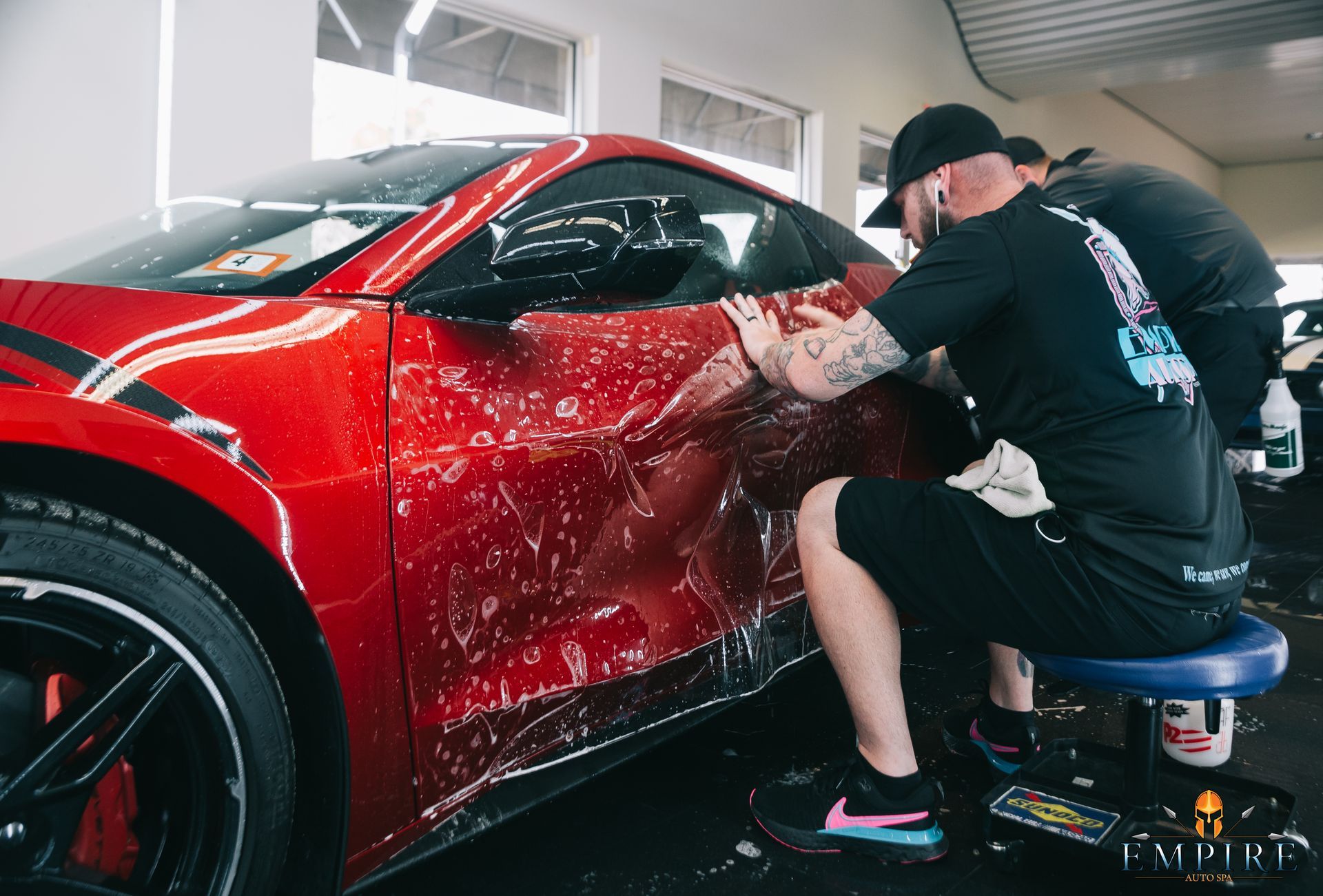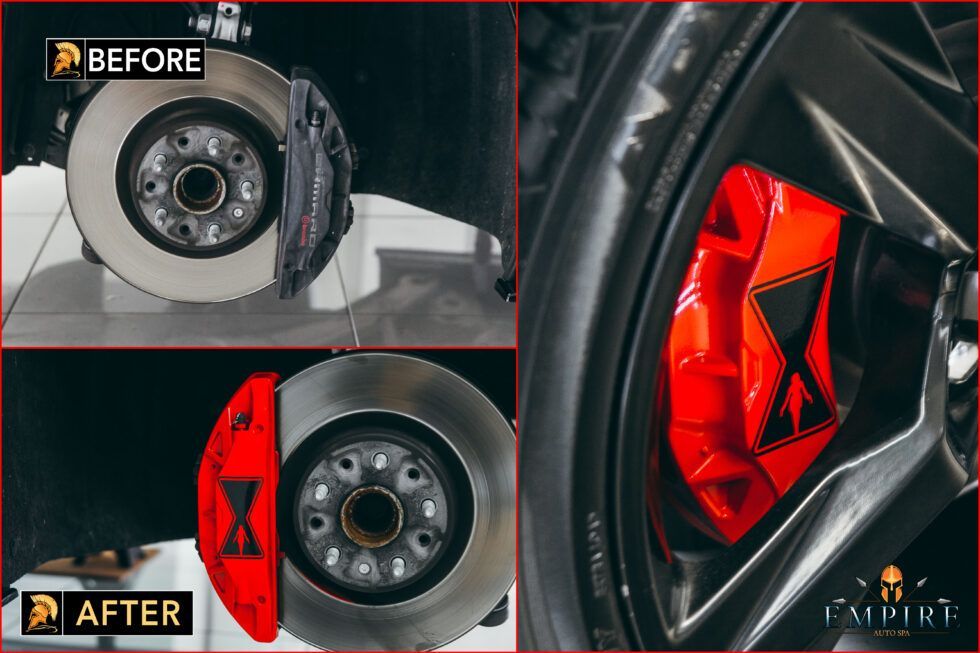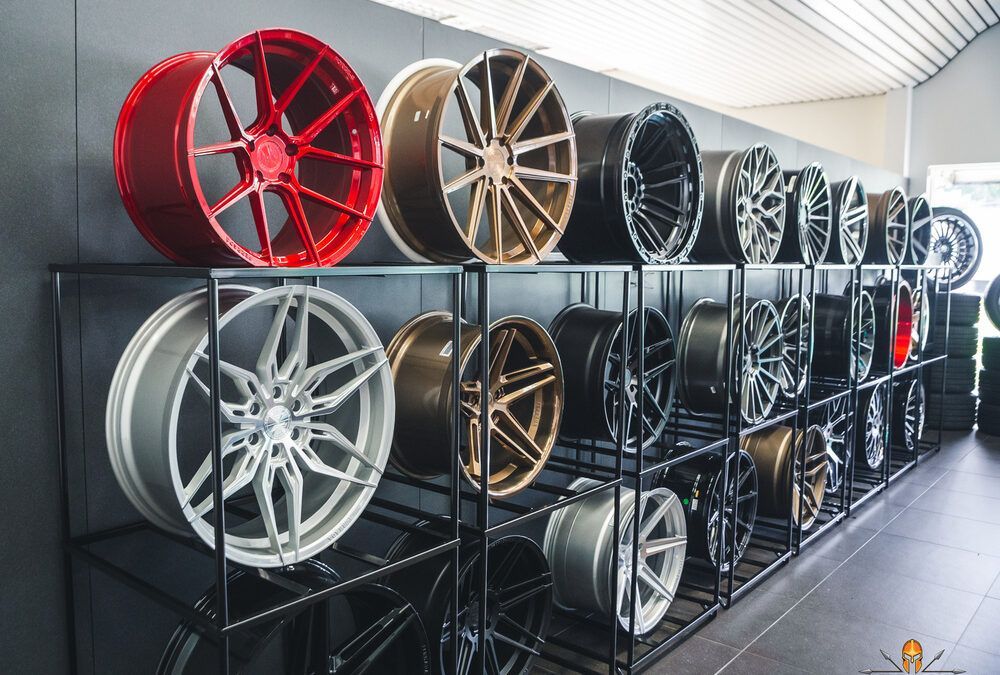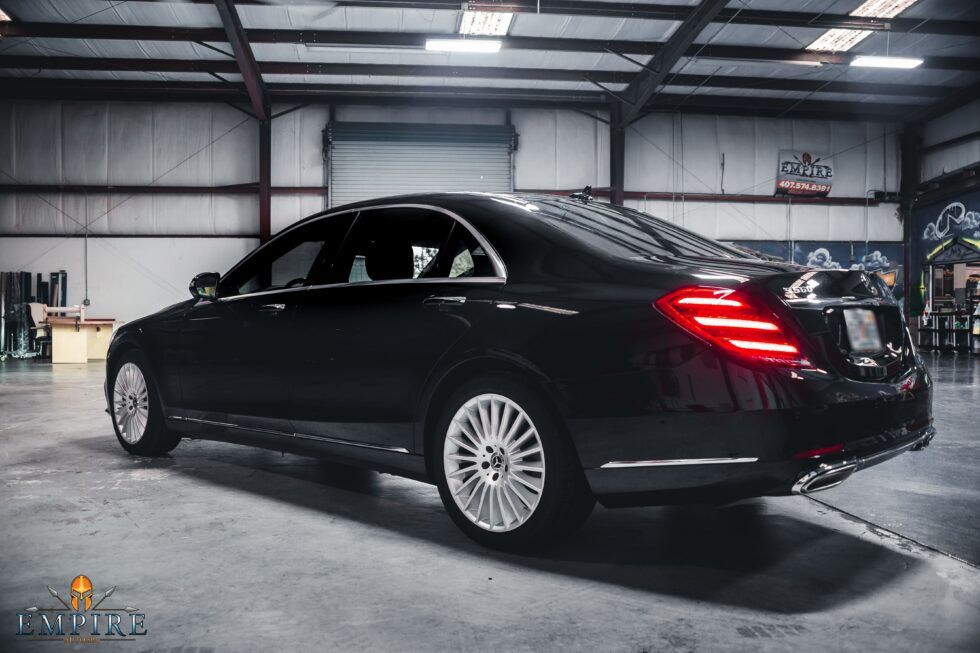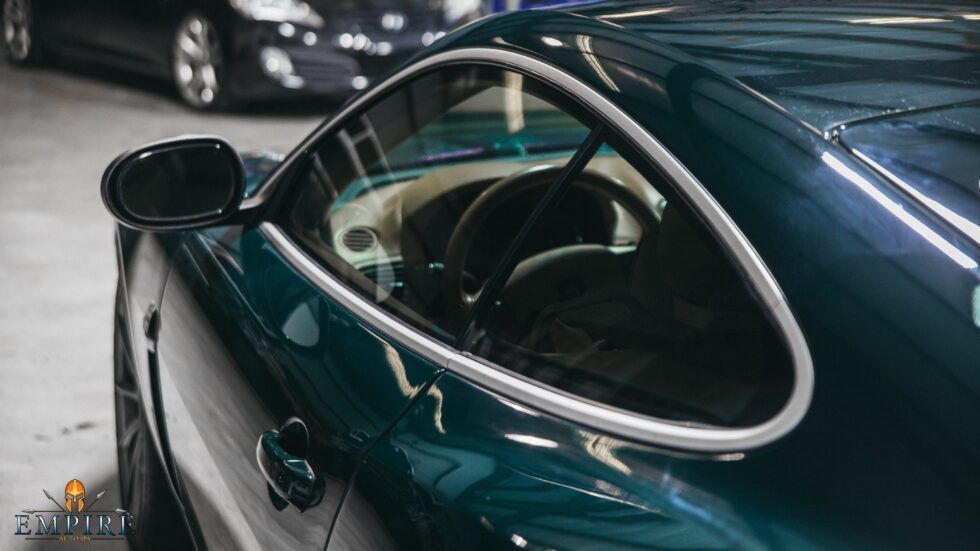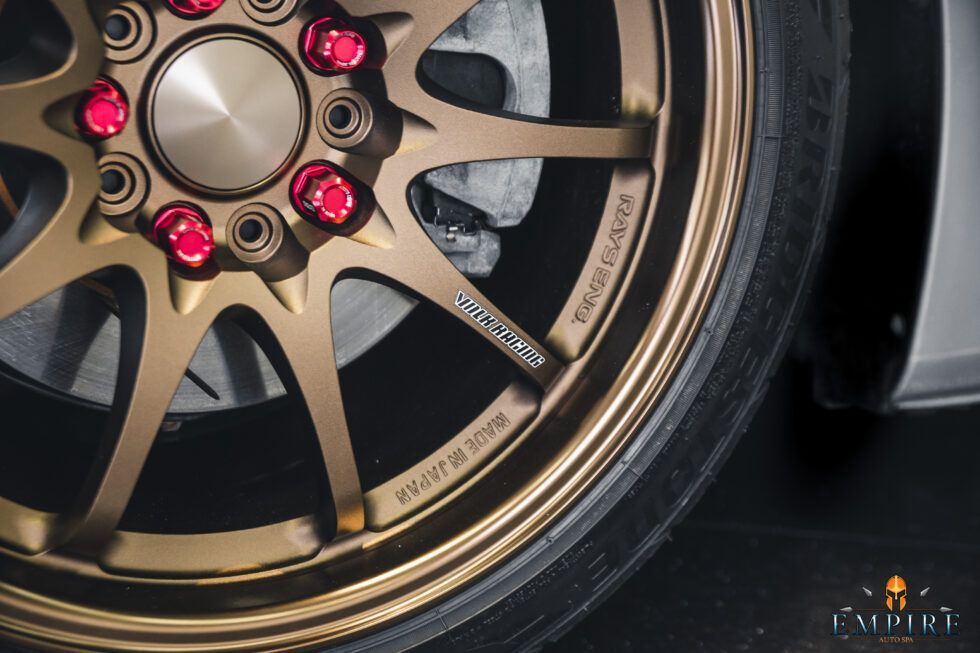The Science Behind Paint Correction: How It Works
The Science Behind Paint Correction: How It Works – A Deep Dive with Empire Auto Spa
Introduction
Everyone loves the look of a shiny, new car. But how do we get that perfect shine back once it’s lost? The answer lies in paint correction, a detailed process that brings back a vehicle’s original glow. In this piece, we’ll break down the steps of paint correction and explain the science behind it, all with insights from Empire Auto Spa.
Understanding Car Paint
Before we delve into paint correction, let’s first understand car paint. Typically, car paint has three layers:
- Primer: This first layer helps paint stick to the car.
- Base Coat: This gives the car its color.
- Clear Coat: A see-through layer that protects the color and gives the car its shine.
Over time, the clear coat can get marks, scratches, and start to look old.
The Steps of Paint Correction
1. Checking the Paint
First, we look at the car’s paint closely to see where the problems are. This helps us know how deep the scratches are and how the clear coat looks overall.
2. Using a Compound
Next, we use a machine and a special liquid called a compound to take off a tiny bit of the clear coat. This helps get rid of deep scratches.
3. Polishing the Paint
After using the compound, the paint might look a bit dull. So, we polish it. This step makes the paint shiny and smooth again.
4. Protecting the Paint
Lastly, we put on waxes or other protectors to keep the paint looking good for a long time.
Why This Matters
Besides making the car look good, paint correction also keeps the paint strong and healthy. Plus, a car with nice paint can sell for more money if you ever want to sell it.
Wrapping Up
In short, paint correction is a mix of art and science. It’s all about using the right steps and tools to make a car look its best. And if you want the best results, it’s always a good idea to go to experts like Empire Auto Spa.
For more info or to book a service, visit our website or call us at (407) 574-8381.

Not for Everyone. Perfect for You.
Headquartered in Longwood, Florida, Empire Auto Spa is a family-owned and operated detailing studio dedicated to providing top-tier services that both protect and elevate the aesthetic appeal of all different types of vehicles. With over 30 years of combined experience and expertise from our team members, we pride ourselves on being Master Detailers who provide meticulous services with unwavering passion and precision. Our service lineup includes multiple packages in paint protection film, ceramic coatings, window tinting, and detailing as well as customization upgrades that enhance both the performance and aesthetics of your vehicle. Empire Auto Spa is your one-stop destination for all your vehicle personalization and performance needs!
Quick links
Our Location
Address: 895 N Ronald Reagan Blvd, Longwood, FL 32750, United States of America
Contact Us
Phone: (407) 574-8381
Empire Auto Spa is designed by the team at Detailers Roadmap, a platform developed for detailing operators across the globe.
All Rights Reserved | 8bitcreative, LLC | Empire Auto Spa

